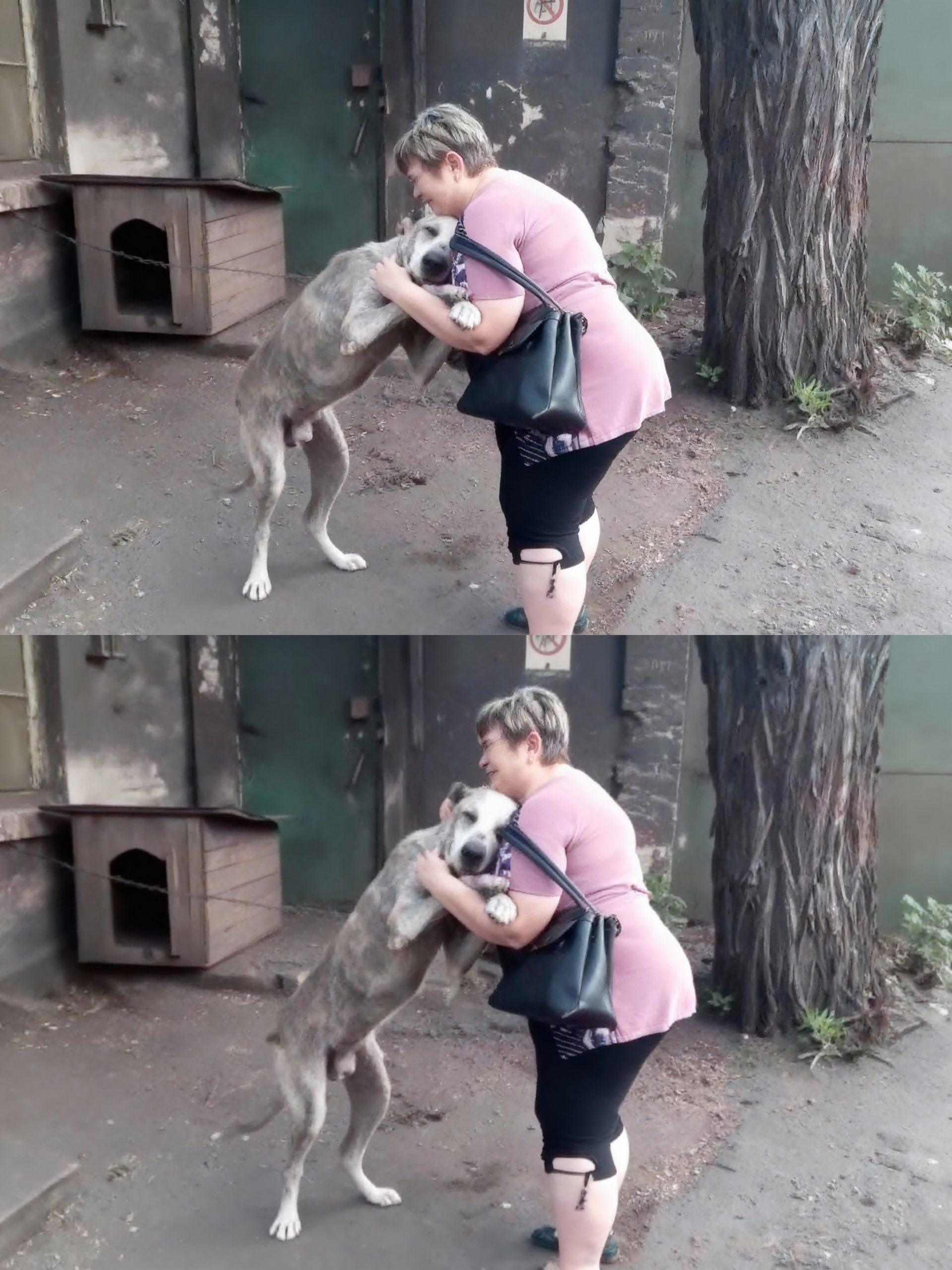In a world increasingly characterized by digital connections and rapid technological advancements, the profound and often unspoken bond between humans and animals remains a cornerstone of emotional well-being and mutual understanding. This isn’t just about ownership; it’s about a complex interplay of affection, trust, and shared experiences that transcend species barriers. From the loyal gaze of a dog to the comforting purr of a cat, these relationships offer solace, reduce stress, and even contribute to physical health benefits. The image before us perfectly encapsulates this phenomenon: a moment of pure, unadulterated affection between a woman and a dog, their embrace speaking volumes about the depth of their connection. It’s a reminder that amidst the hustle and bustle of daily life, these simple, heartfelt interactions are often the most meaningful, enriching our lives in ways that no human-to-human interaction can fully replicate. This article delves into the various facets of this extraordinary bond, exploring its psychological, physiological, and social impacts, and examining how these relationships have evolved alongside human civilization. We’ll uncover the science behind the wagging tails and the loving licks, and appreciate the silent understanding that makes these bonds so uniquely powerful.

The Psychology of Connection: Why We Bond So Deeply
The psychological benefits of human-animal interaction are extensive and well-documented. Studies have shown that interacting with animals can reduce levels of cortisol, a stress-related hormone, and lower blood pressure. Conversely, it can increase levels of oxytocin, often referred to as the “love hormone,” which promotes feelings of attachment and well-being. This hormonal cascade explains why a simple interaction, like petting a dog or cuddling a cat, can have such a profound calming effect. For many, pets offer unconditional love and acceptance, a non-judgmental presence that can be incredibly comforting, particularly during challenging times. This unique form of emotional support can mitigate feelings of loneliness, anxiety, and depression. The act of caring for an animal also provides a sense of purpose and routine, which can be particularly beneficial for individuals struggling with mental health issues or those seeking greater structure in their lives. The reciprocal nature of these relationships, where both human and animal derive comfort and joy, reinforces the depth of this psychological connection.

Physiological Impacts: More Than Just a Warm Fuzzy Feeling
Beyond the psychological realm, the presence of animals can have tangible physiological benefits. For instance, dog owners often engage in more physical activity due to walking and playing with their pets, leading to improved cardiovascular health and reduced risk of obesity. Even for those without highly active pets, the simple act of regular interaction can lead to lower cholesterol levels and a decreased risk of heart disease. The consistent routine associated with pet care, such as feeding times and bathroom breaks, can also contribute to a more structured and healthy lifestyle. Furthermore, some studies suggest that exposure to pets early in life can even boost the immune system and reduce the risk of developing allergies. These physiological advantages underscore that the human-animal bond is not merely an emotional luxury but a significant contributor to overall physical well-being. The positive impact extends beyond just the individual, potentially contributing to a healthier society at large.







